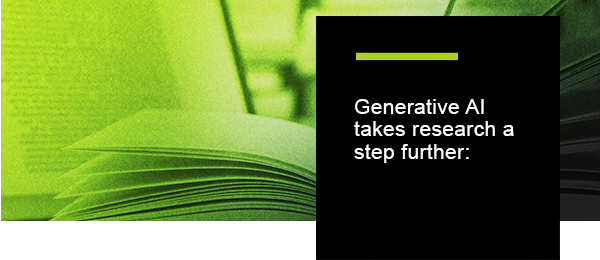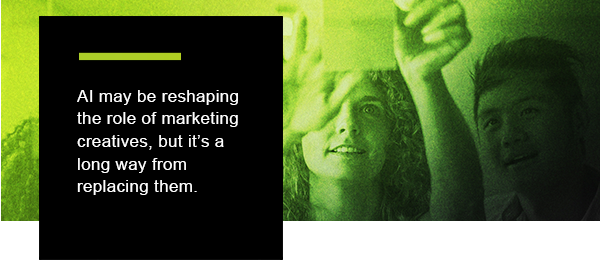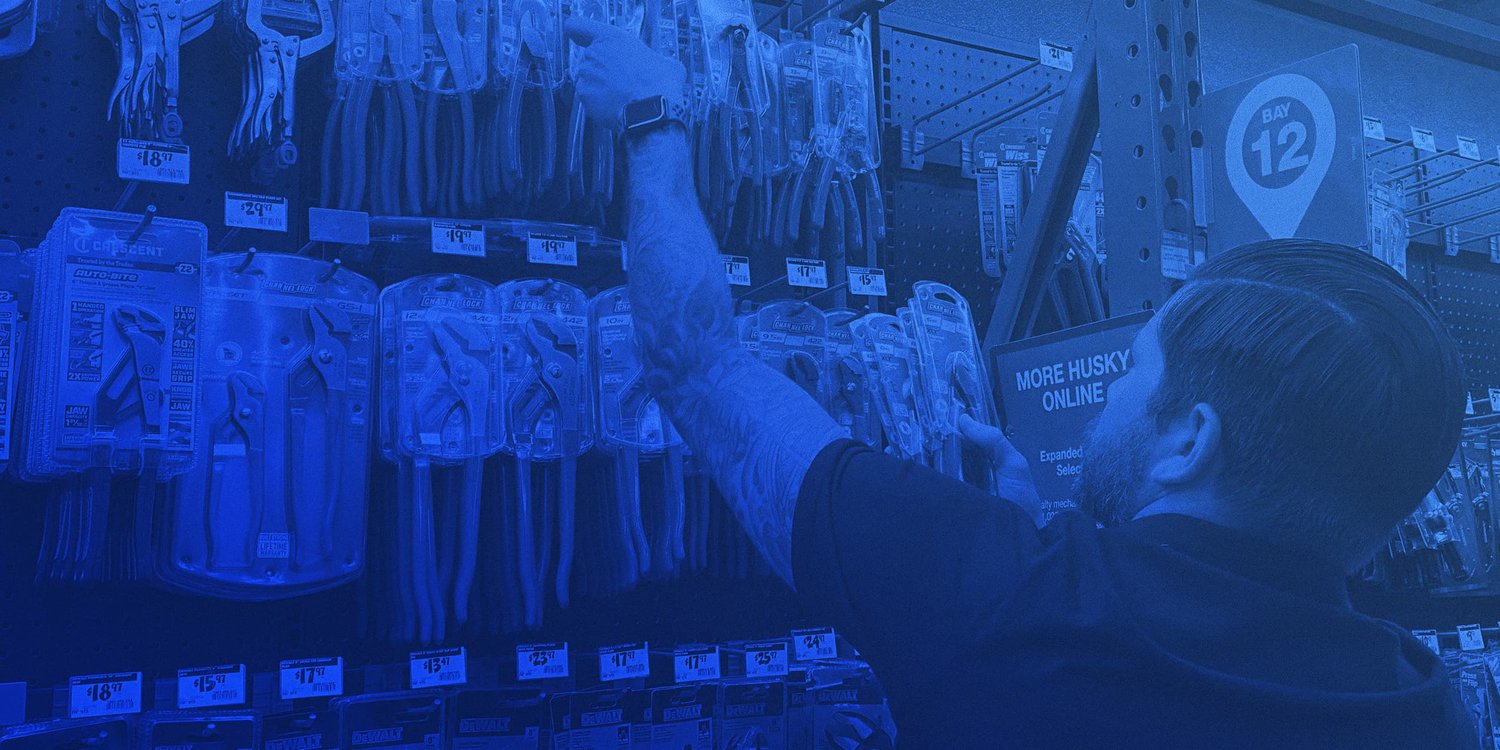Since ChatGPT was released in November of 2022, marketing professionals have responded with a mixture of excitement and apprehension. Generative AI promises unprecedented efficiency for both analysts and creatives. It also raises big questions: How can we trust the quality of the work product ChatGPT produces? Can it approximate the skills of a human writer or researcher? And perhaps, most importantly, Can it render the role of a marketing professional obsolete?
As disruptive as this technology feels, it’s important to remember that AI isn’t new to the world of marketing (remember responsive display ads?) or to our daily lives (we’re looking at you, Roomba). As it takes on more of what we consider to be traditionally “human” jobs, however, we're challenged to determine how to make the best use of this tool.
Here’s what we know so far about ChatGPT’s capabilities and limitations as a marketing technology.
Can: Distill huge volumes of information.
If you belong to a certain generation, you may remember when the work of writing a term paper started in the campus library. Anyone who spent hours lost in the stacks remembers feeling startled and amazed by search engines that could crawl fathomless sources and return ranked, relevant search results in a matter of seconds.
Generative AI takes this a step further: it scrapes the internet to generate a cogent, human-sounding response to a prompt or query. Because it’s possible to specify the format, length and tone of the generated responses, ChatGPT makes it possible to reduce a great deal of the human labor associated with synthesizing data.

Can’t: Act as a specialist.
ChatGPT’s responses are an amalgamation of information that has already been published, and as of today, it’s limited to data available up to the year 2021. Because it scrapes existing data, the more information that’s been written on a subject, the more robust a generated response is likely to be.
Conversely, extremely specific, personalized prompts or queries may miss the mark (at least at first). Marketers who want to use ChatGPT to perform functions specific to their business will need human professionals to train the technology on their custom data.
Finally, while generative AI does an impressive job of distilling what is already known about a subject, it doesn’t yet have the ability to test hypotheses and contribute novel insights. ChatGPT can crawl data at an incredible speed, but, for now, it’s up to us to continue to add to the knowledge base.
Can: Learn your brand voice.
Brand may be a somewhat abstract concept, but it’s within the grasp of ChatGPT. Marketing professionals can define the attributes that characterize a company’s brand voice, offer existing examples, and provide feedback until generative AI is able to produce on-point creative collateral.
Can’t: Function without creative direction.
AI may be reshaping the role of marketing creatives, but it’s a long way from replacing them. Knowledgeable humans who are intimately familiar with the intangible qualities that define a brand are essential for training ChatGPT to replicate tone and voice.
Not only do we need professionals to recognize that a brand is warm, brave, friendly or witty — they also must provide feedback on how well ChatGPT has captured those qualities. The technology can be refined with training and consistency, but it always requires a gut check from a human.

Can: Rapidly generate a lot of creative options
How long do you think it would take you to write 100 headlines? At the end of the task, how many do you think you would be proud of?
ChatGPT reduces a lot of the tedium of the creative process by quickly generating more collateral than a marketing professional could feasibly create in the same time frame, freeing that human up to choose the most effective versions or get inspiration from the generated options.
Under this theory of use, even if you ultimately reject many of the options ChatGPT generates, the work saved in the brainstorming phase still allows you to move forward with less friction.
Can’t: Choose the best option in a real-world context
At the end of the day, effective advertising evokes an emotional response. While ChatGPT is a powerful tool for content generation, it’s up to us to interpret its outputs through a human lens.
If you recall what befell American Airlines when they blindly translated their 1987 ad campaign into Spanish (“Fly in leather,” unfortunately became “Fly naked”), it’s easy to recognize the role of knowledgeable human beings in detecting nuance. What makes an option “optimal” in the context of a broader marketing strategy will always be a mixture of art and science — something can be technically correct but all wrong for a particular audience or situation.
Like autopilot on an airplane or lane assist on a newer model vehicle, generative AI is a tool to help skilled professionals do their jobs better — not a replacement for the person behind the wheel. As more and more of the tedious aspects of a task can be outsourced to machine learning, the minds behind future campaigns will have more bandwidth to innovate and strategize.
Like what you're reading?


